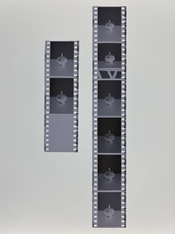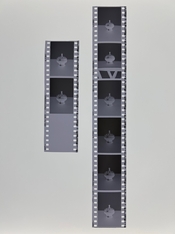Need some help understanding a few things.
1. Why there's a thin black line on the right side of the last three frames?
2. I did semi-stand development for 50 minutes and agitated every 10 minutes for 5 seconds. Then i did a normal stop, and fix. I did a washaid and wetting agent to finish the process. That helped a ton, but I would like to know if I can get the negatives even cleaner.
3. Are the white halo on the sides of the image caused by stand development? The background was white but had some distance from the light used.

1. Why there's a thin black line on the right side of the last three frames?
2. I did semi-stand development for 50 minutes and agitated every 10 minutes for 5 seconds. Then i did a normal stop, and fix. I did a washaid and wetting agent to finish the process. That helped a ton, but I would like to know if I can get the negatives even cleaner.
3. Are the white halo on the sides of the image caused by stand development? The background was white but had some distance from the light used.

















